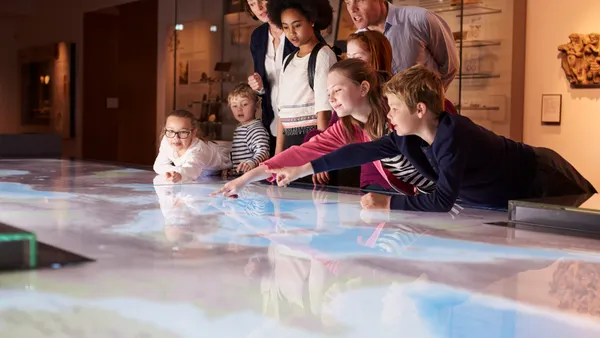Dive Brief:
- Zach Wright, an assistant professor of practice at the Relay Graduate School of Education, details for Edutopia how he developed "thematic triads" to teach students how to examine themes in a work of literature, designing the lesson with students who may need additional scaffolding in finding themes in mind.
- Students find three thematic components — like friendship or family — and then write a sentence including all three together. Wright even suggests that teachers craft a list of possible themes, written on a chart, so students have help identifying them.
- If students aren’t happy with their first attempts at writing the thematic sentence, that’s fine — and possibly a good sign, Wright suggests, noting it indicates they’re involved in the process and will likely feel propelled to strengthen their work as they move forward.
Dive Insight:
Critical thinking and literature are two disciplines that play quite nicely together, as students can use the study of the latter to strengthen their skill set in the former. Having students examine a work of literature requires, after all, that they step into the points of view exhibited by the characters in a story. And this may then push young readers into critically examining their own lives, as noted in a 2009 study.
But curriculum too can be designed to encourage students to think critically about literary works. Educators can, for example, ask students to act out the roles in a written work of literature, opening their eyes to other world views. They could then be asked to critically consider the reasons that may have led those characters to make the choices they did — actors often call this a backstory — helping them uncover major themes in a book.
Students could also be assigned to research the history of an author. Perhaps Jamaica Kincaid and how her childhood likely influenced her novel, “Annie John,” or how Virginia Woolf’s life influenced the themes she wove into books like “Mrs. Dalloway.” That way, these lessons can move across multiple academic areas, from literature to social studies, history and more.













